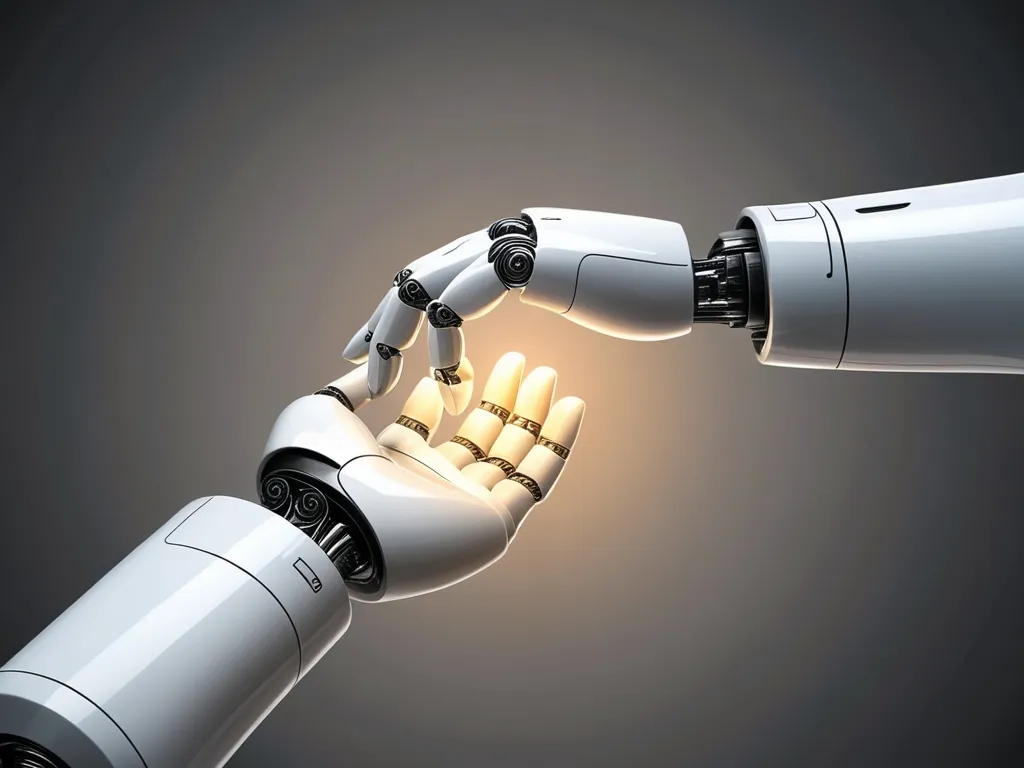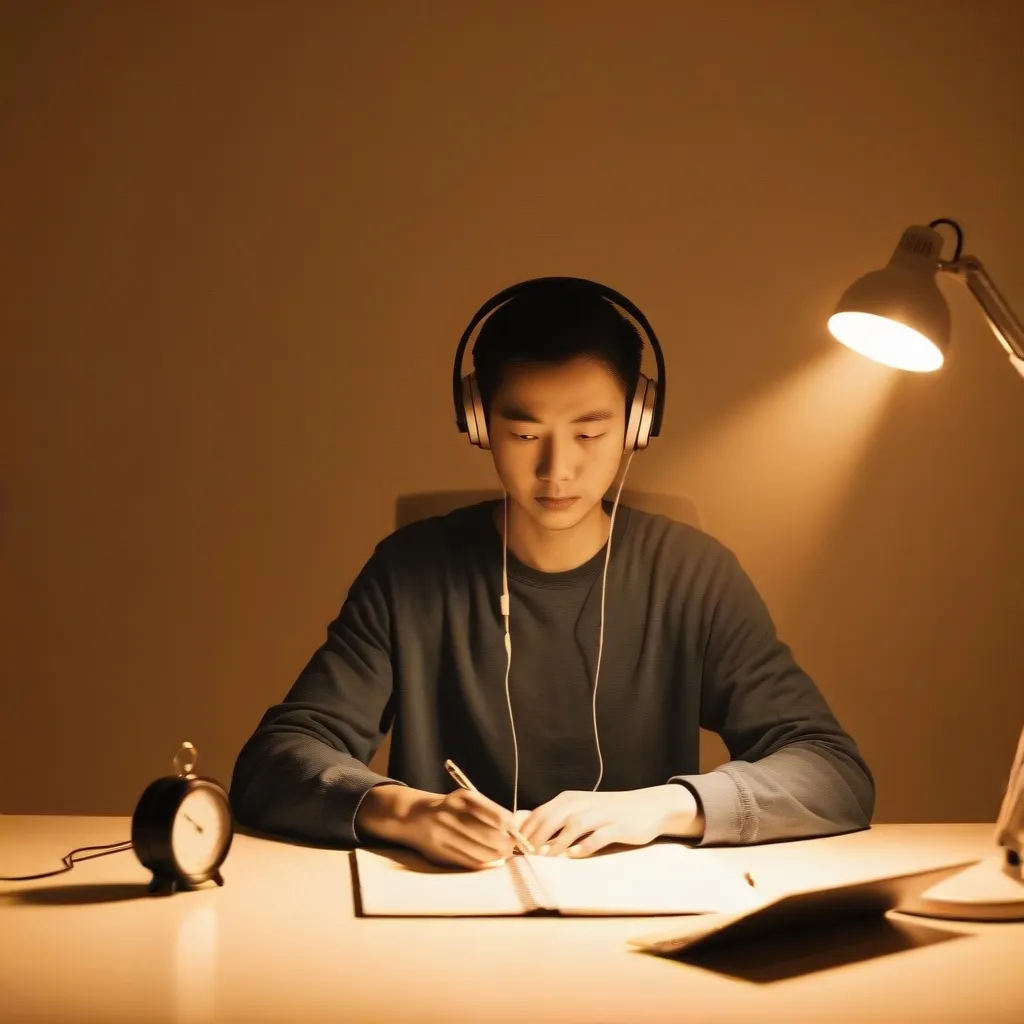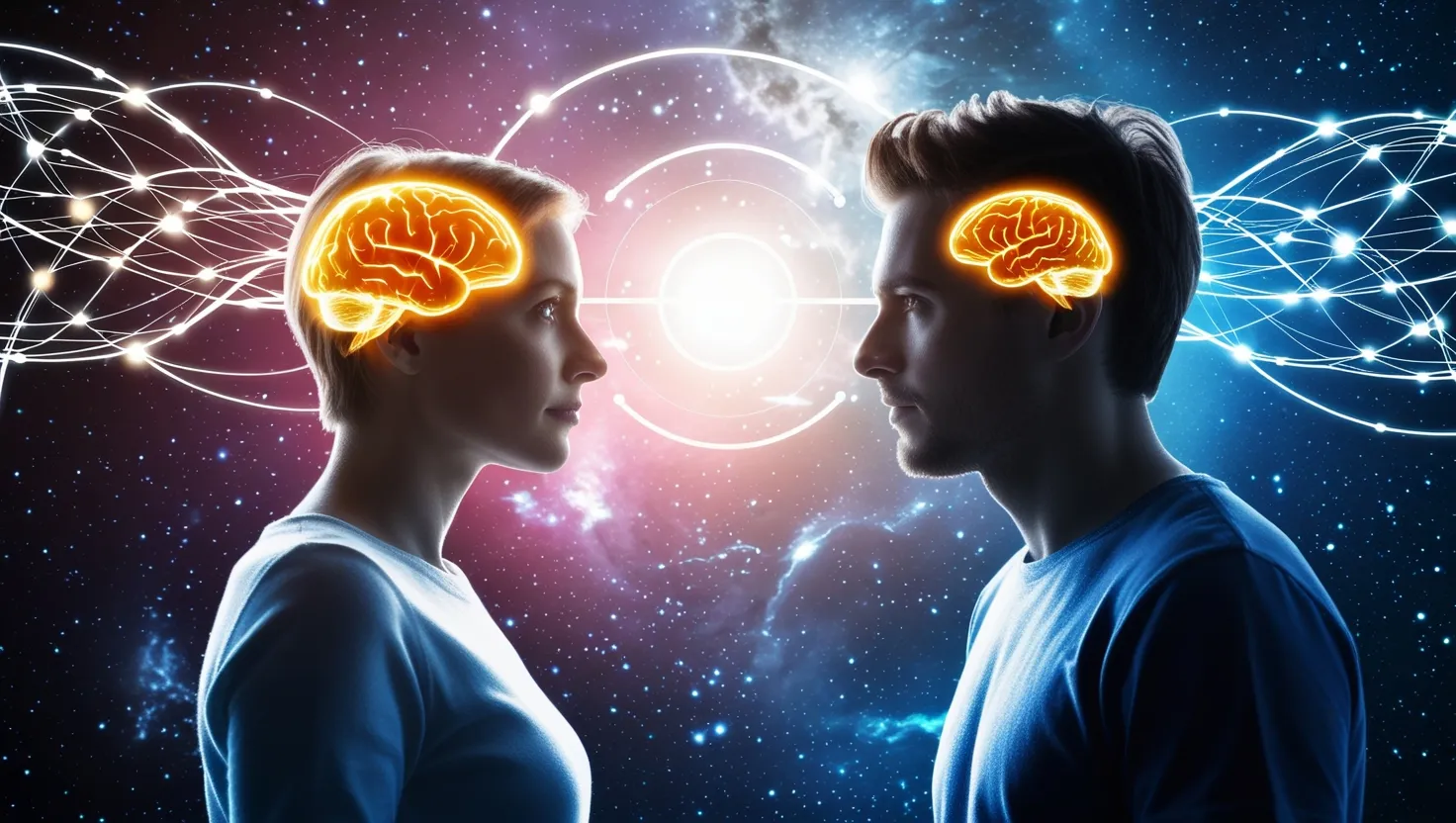In the ever-evolving landscape of decision-making, a fascinating synergy is emerging between human intuition and artificial intelligence. This blend, which we can call “Techno-Intuition,” promises to revolutionize how we make choices, from the mundane aspects of personal life to the complex strategies of professional endeavors.
Imagine a world where machines don’t just process data but also seem to understand and anticipate needs much like a human. This is the realm of Artificial Intuition, a next-generation AI that mimics human instinct by making decisions based on data analysis, often without being explicitly programmed for every scenario. It’s as if your AI assistant has developed a ‘gut feeling’ that complements your own.
The Power of Human Intuition
Human intuition is built on years of experience and operates almost instantly. It’s that sudden feeling that tells you something is off or that a particular decision feels right, even if you can’t quite explain why. This intuition excels in nuanced situations that require empathy and complex problem-solving, areas where traditional AI often falls short.
For instance, in business, entrepreneurs have long relied on their intuition to guide their strategies. It’s the ability to read people, understand market trends, and make high-stakes decisions quickly. However, with the advent of AI, this intuition is no longer alone; it now has a powerful ally.
The Role of Artificial Intelligence
AI brings a level of precision and speed to decision-making that humans can’t match. It can analyze vast amounts of data in real-time, recognize patterns, and make predictions that would take humans much longer to uncover. In the financial sector, for example, AI can identify potential financial cybercrimes by analyzing transaction patterns that might seem normal to the human eye but raise red flags for the AI system.
In cybersecurity, AI’s ability to detect threats before they happen is a game-changer. Traditional AI might miss subtle indicators due to its reliance on predefined rules, but Artificial Intuition can sense and react to situations more like a human would, using a broader range of data and experiences.
Blending Human and Artificial Minds
The key to effective decision-making in this era is not to replace human intuition with AI but to blend the two. This approach is often referred to as an Augmented Intelligence Model (AIM), where human gut instinct is combined with data and analytics provided by AI.
For example, in HR, AI can help reduce unconscious biases by analyzing resumes based on qualifications rather than personal characteristics. However, the final decision still rests with a human who can bring empathy and contextual understanding to the table. This balance ensures that decisions are not only data-driven but also consider the nuances that AI might miss.
Overcoming Psychological Hurdles
Adopting AI in decision-making is not without its psychological challenges. Entrepreneurs often feel a loss of control when handing over key aspects of their business to algorithms. This can lead to fear, doubt, or anxiety about what happens if the AI makes an error or misses important nuances.
To overcome these hurdles, it’s crucial to use AI-generated insights as a starting point and combine them with human experience and market knowledge. Mindfulness practices and cognitive reframing can also help founders stay focused and calm when interpreting complex AI data. Peer networks and mentors who have successfully integrated AI into their decision-making processes can provide valuable advice and normalize the experience.
Real-World Applications
In the retail sector, Artificial Intuition can predict customer needs and improve inventory management. For instance, an AI system can analyze sales data, weather patterns, and social media trends to anticipate a surge in demand for certain products. This proactive approach helps companies stay ahead of the competition and adapt to changing market conditions seamlessly.
In the pharmaceutical sector, AI can detect potential issues in clinical trials before they become major problems. By analyzing vast amounts of data from various sources, AI can identify subtle patterns that might indicate a drug’s efficacy or safety concerns, allowing for quicker and more informed decisions.
The Future of Decision-Making
As we move forward, the integration of human intuition and AI will become even more seamless. AI systems will continue to evolve, becoming more intuitive and capable of mimicking human instinct. This means they will be able to make decisions based on incomplete information, much like humans do, and fill in the gaps with educated guesses.
The future is not about replacing human decision-makers with machines but about creating a symbiotic relationship where each complements the other. By leveraging the strengths of both human and artificial minds, we can create a decision-making framework that is more robust, more efficient, and more insightful.
Personal Touches and Practical Advice
In my own experience, integrating AI into decision-making has been a transformative journey. As someone who has always relied heavily on intuition, I was initially skeptical about trusting AI. However, by starting small and using AI-generated insights to inform my decisions rather than replace them, I’ve found a balance that works.
For those just starting out, I recommend beginning with simple tasks. Use AI to analyze data and provide recommendations, but always keep the final decision in your hands. As you become more comfortable, you can gradually hand over more complex tasks to the AI system.
It’s also important to stay mindful of the limitations of AI. While AI can handle routine tasks efficiently, it struggles with out-of-the-box or creative thought. Therefore, it’s crucial to partner with AI on tasks rather than relying solely on it.
Conclusion
The fusion of human intuition and AI is not just a technological advancement; it’s a cultural shift in how we approach decision-making. It’s about recognizing that perfect decisions might still be elusive, but by combining the strengths of both human and artificial minds, we can edge closer to reality.
In this world of Techno-Intuition, uncertainty is no longer a barrier but another variable in the equation. By embracing this synergy, we can transform our personal and professional lives, making decisions that are as informed as they are insightful. The future of decision-making is here, and it’s a dance between human intuition and artificial intelligence – a dance that promises to make our lives smarter, more efficient, and more intuitive.






